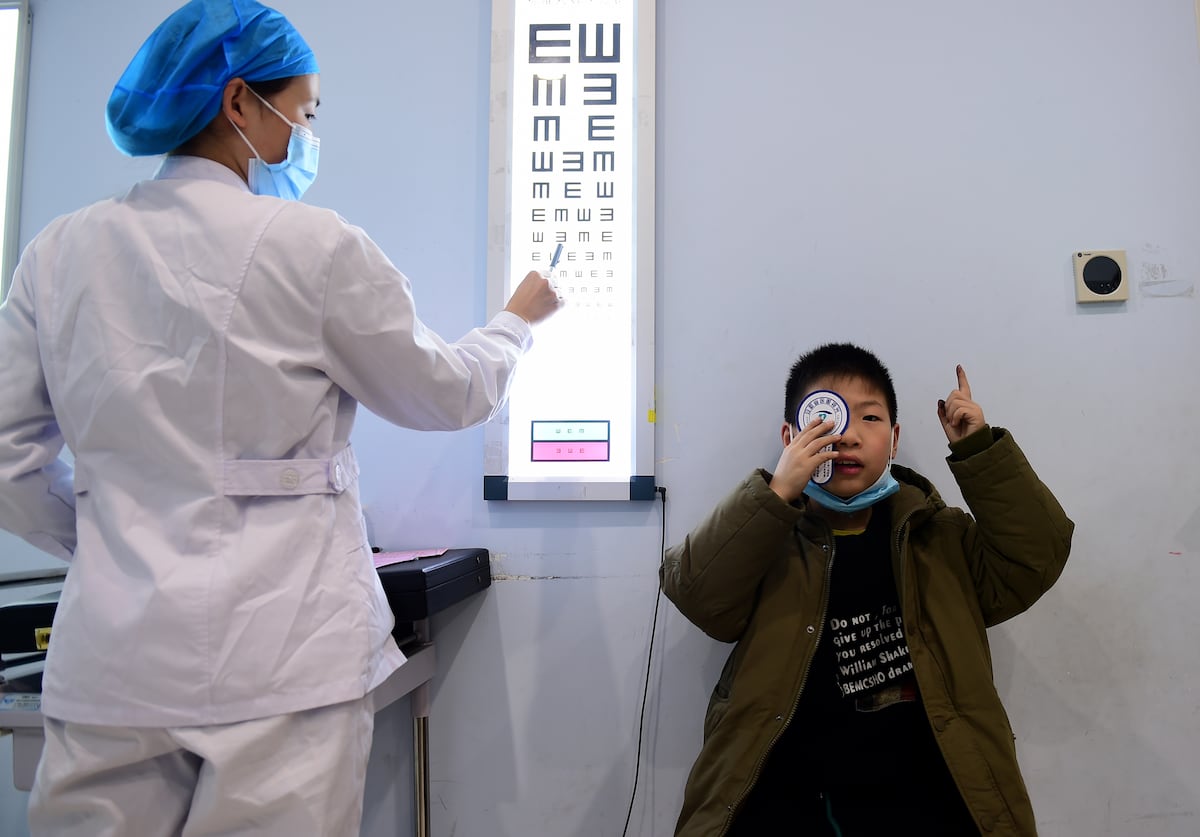- cross-posted to:
- worldnews@lemmy.ml
Optometrists believe that the reason for this is that we’re tending to be inside more than we used to be, rather than going outside as much, so our eyes basically aren’t getting as much exercise in looking at stuff far away.
I’ve also heard the theory that eyes need ultraviolet light to grow properly, which is missing in artificial lighting.
Yeah, I’ve noticed that my eyes focal point has become the distance to my monitor.
We’re also only focusing on our phone screen not too far from our face too.
deleted by creator
Gotta say, I didn’t see this coming
But now that it’s up close, it’s obvious.

I mean, it makes sense. With widespread adoption of vision correction, there’s no longer an evolutionary advantage to having naturally good vision.
Evolution doesn’t work on such short time scales.
Except it does. Microevolutions can absolutely occur on time frames of under a hundred years.
In the study, Professor Henneberg and colleagues aimed to investigate the prevalence of persistent median arteries in postnatal humans over the last 250 years and to test the hypothesis that a secular trend of increase in its prevalence has occurred.
That’s a fun new definition of “secular”
I was reading over the paper and found the source of that particular usage:
Furthermore, in a study by Henneberg and George (1995; Am J Phys Anthropol 96, 329–334), has suggested that increasing prevalence of the median artery during the 20th century was a ‘possible secular trend’.
LOL. I kinda want to follow that citation for the full quote.
Edit: I found the original source that gives some further context:
The occurrence in historical times of changes in human body size and in the timing of events in postnatal development, such as, for instance, sexual maturation, is well known and documented. Such changes occurring from century to century or decade to decade are known as “secular trends.”
So I guess it’s actually domain specific jargon.
Sure, but they won’t spread to the majority of the population in 100 years.
You won’t see evolutionary changes in only 2 generations. That’s not how evolution works. Also you’re assuming because more humans are born with x thing, it’s an evolutionary change. Again that’s not how evolution works.
Did you read the paper from my 2nd link? There seems to be a growing body of evidence that suggests that is indeed possible:
Similar to the increase in the prevalence of persistent median arteries of the forearms, the prevalence of other anatomical features such as spina bifida occulta (Henneberg & Henneberg 1999; Solomon et al., 2009; Lee et al., 2010), tarsal coalitions (Solomon et al., 2003) and fabella (Berthaume et al., 2019) has increased over the last 2–3 centuries. Evidence indicates that changes in the natural selection pressures acting on these specific anatomical features could have caused microevolutionary processes, leading to the observed increases in prevalence rates (Henneberg and Henneberg 1999; Solomon et al., 2009; Lee et al., 2010; Rühli and Henneberg, 2013; Berthaume et al., 2019).
Obviously actual research would have to be done to confirm or deny it in this case, and I probably should have stated my original thought a bit more skeptically.
Sky news is not a reputable source.
deleted by creator
It absolutely can happen on such short time scales. Regardless, it’s also been hundreds of years.
Not in humans. And glasses have been universally available for less than 100 years. Before that they were a luxury item.
The median artery of the forearm does for example.
People with worse vision still have a higher chance to die due to poor vision related deaths, (for example not seeing a car coming) than people with perfect eyesight. Not everyone with bad eyesight wears glasses.
I was rocking myopia before it was cool and now that it is Im doing two different versions of it.
Interesting that Chinese optometrists don’t use characters for these tests. With Chinese characters it’d probably be too unreliable I guess.
I don’t think that strategy for testing is purely a Chinese thing. When my kids were little and before they could read, they did eye tests with those same characters. And I’m in America.
reject smartphones return to thinkpad
Sounds like that covid bullshit. The reason more people have it is because there have been incredible advances in technology and it’s easier to diagnose as well as more people going to get tested thanks to education.
Sounds like a conspiracy theorist









